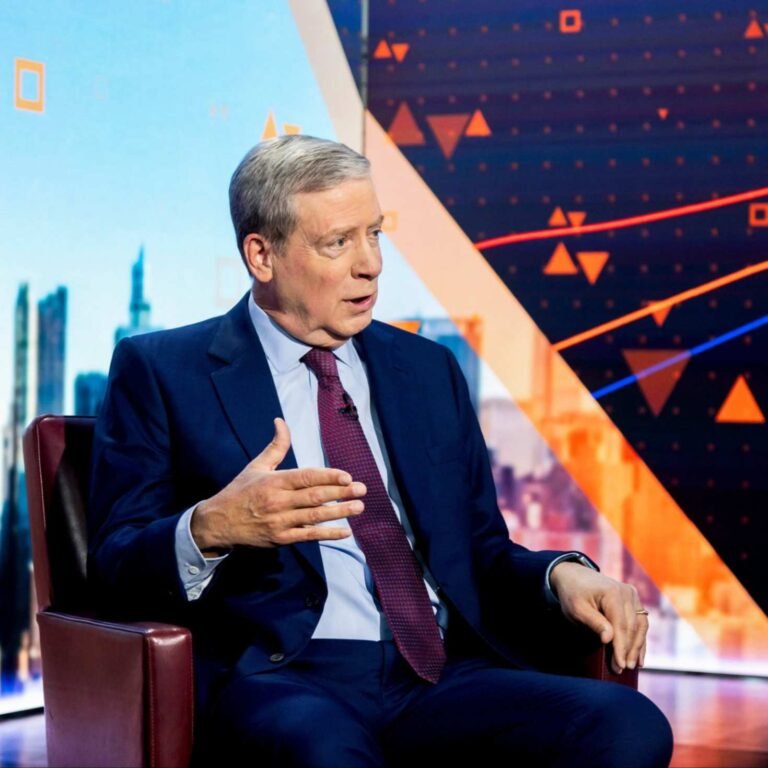Few figures stand as quietly influential as Stanley Druckenmiller. A titan of finance and founder of Duquesne Capital Management, Druckenmiller…
Category: Economy and Policy
Economic trends, analysis, and policy discussions that impact businesses and industries in the Southern United States. This section may provide in-depth articles and reports on topics such as regional economic growth, business regulations, tax policies, and the influence of state and federal legislation on local markets. It could also cover issues like labor markets, trade policies, infrastructure developments, and government initiatives designed to stimulate economic activity in the South. Additionally, this section might feature expert opinions, interviews with policymakers, and case studies of how businesses are adapting to changing economic conditions. The goal is to provide valuable insights for business leaders, investors, and policymakers seeking to understand and navigate the economic and policy landscape in the region.
Petrolicious Accelerates Into the Future: A New Era Under Michael Chapin’s Leadership
duPont REGISTRY Group (DRG) is putting the pedal to the metal with its recent appointment of Michael Chapin as the…
$155 Million and Counting: A Tally of Celebrity Homes Lost in and Around the Pacific Palisades
The wildfires raging through the Pacific Palisades and surrounding areas in Los Angeles have left a path of destruction that…
The Future of Work: Striking a Balance Between Innovation and Humanity
As we stand on the cusp of unprecedented technological advancement, the conversation around the future of work has never been…
Behind Closed Doors: Trump and Dimon’s Secret Talks Shaping a Second Term Agenda
Dimon, for his part, has had a complicated relationship with Trump. Although he condemned the January 6th Capitol attack, he…
Young Workers Embrace Blue-Collar Opportunities, but Challenges Persist
A growing trend among younger workers, especially Gen Z, reveals a shift towards blue-collar careers as an appealing alternative to…
The worst may be over for the stock market.
Bye-Bye, Bear Market? The Worst Could Be Over for Stocks. The worst may be over for the stock market.…
Overcoming Imposter Syndrome
As a woman in AI, Rana has always been very aware of being “the only woman in the room”…
UPDATE 1-Warren Buffett says prospects poor for 'elephant-sized acquisition'
(Reuters) – Warren Buffett is hunting for “an elephant-sized acquisition,” but he is not optimistic about getting it done. FILE…
UPDATE 1-Falling stocks, Kraft Heinz trigger huge Berkshire loss
(Reuters) – Sinking stocks and deteriorating prospects from an investment in Kraft Heinz Co pummeled the bottom line of Warren…








